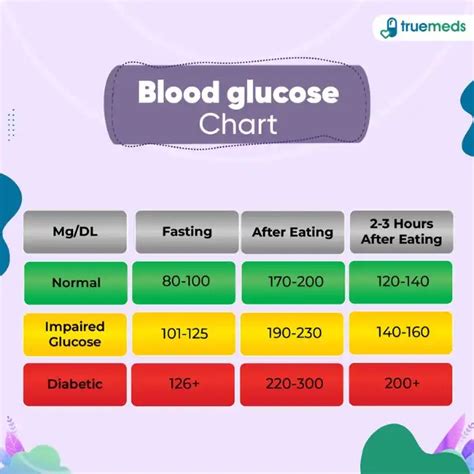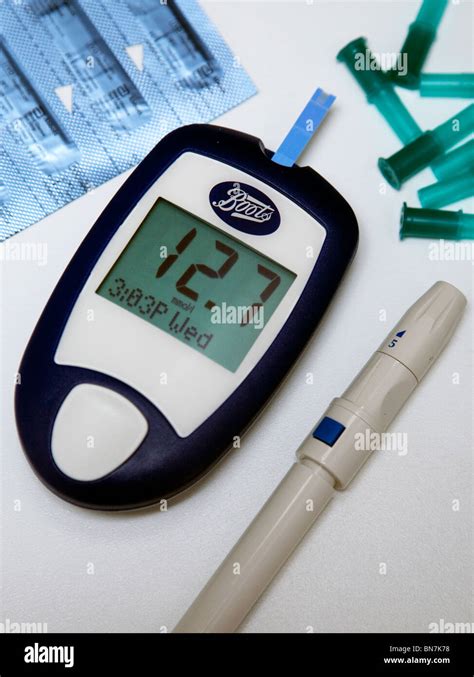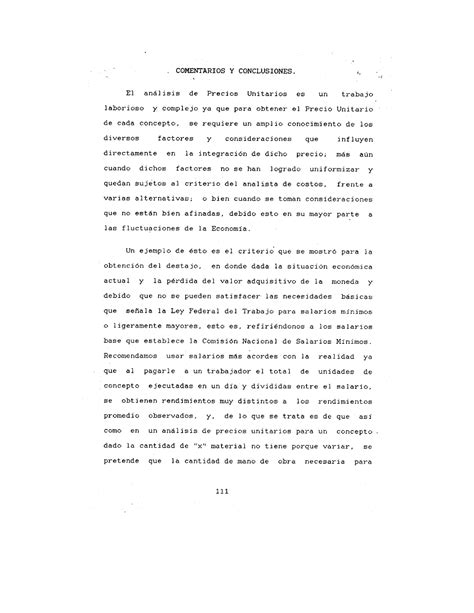Intro
Understand average blood sugar levels, normal glucose ranges, and target HbA1c values to manage diabetes, prediabetes, and insulin resistance effectively.
Maintaining average blood sugar levels is crucial for overall health, particularly for individuals with diabetes or those at risk of developing the condition. Blood sugar, also known as glucose, is the primary source of energy for the body's cells. When blood sugar levels are too high or too low, it can lead to a range of health problems, including fatigue, blurred vision, and even organ damage. In this article, we will delve into the importance of average blood sugar levels, how they are measured, and what factors can influence them.
The human body is designed to regulate blood sugar levels within a narrow range, typically between 70 and 110 milligrams per deciliter (mg/dL). When we eat, our body breaks down carbohydrates into glucose, which is then absorbed into the bloodstream. The pancreas responds by releasing insulin, a hormone that helps cells absorb glucose for energy. In individuals with diabetes, the body either does not produce enough insulin or is unable to effectively use the insulin it produces, leading to high blood sugar levels.
Understanding average blood sugar levels is essential for managing diabetes and preventing long-term complications. The American Diabetes Association (ADA) recommends that individuals with diabetes aim for a blood sugar level of less than 130 mg/dL before meals and less than 180 mg/dL after meals. However, these targets may vary depending on individual factors, such as age, health status, and medication regimen. By monitoring and controlling blood sugar levels, individuals can reduce their risk of developing complications, such as heart disease, kidney disease, and nerve damage.
Average Blood Sugar Levels: What's Normal?

Average blood sugar levels can vary depending on several factors, including age, health status, and medication regimen. In general, a normal fasting blood sugar level is between 70 and 99 mg/dL, while a normal postprandial (after meal) blood sugar level is less than 140 mg/dL. However, these targets may be adjusted based on individual factors, such as pregnancy or kidney disease. It's essential to work with a healthcare provider to determine the optimal blood sugar range for your specific needs.
Factors That Influence Blood Sugar Levels
Several factors can influence blood sugar levels, including:
- Diet: Consuming high-carbohydrate foods can cause blood sugar levels to rise, while protein and healthy fats can help regulate levels.
- Physical activity: Regular exercise can help improve insulin sensitivity and lower blood sugar levels.
- Medication: Certain medications, such as steroids and certain psychiatric medications, can raise blood sugar levels.
- Stress: Chronic stress can increase cortisol levels, which can contribute to high blood sugar levels.
- Sleep: Poor sleep quality and duration can disrupt blood sugar regulation.
Measuring Blood Sugar Levels

Measuring blood sugar levels is a crucial aspect of diabetes management. There are several ways to measure blood sugar levels, including:
- Fasting plasma glucose (FPG) test: This test measures blood sugar levels after an overnight fast.
- Oral glucose tolerance test (OGTT): This test measures blood sugar levels after consuming a sugary drink.
- Hemoglobin A1c (HbA1c) test: This test measures average blood sugar levels over the past 2-3 months.
- Continuous glucose monitoring (CGM) system: This device measures blood sugar levels throughout the day and night.
Benefits of Monitoring Blood Sugar Levels
Monitoring blood sugar levels can provide several benefits, including:
- Improved blood sugar control: Regular monitoring can help individuals identify patterns and trends in their blood sugar levels, allowing for adjustments to their treatment plan.
- Reduced risk of complications: By maintaining optimal blood sugar levels, individuals can reduce their risk of developing long-term complications, such as heart disease and kidney disease.
- Enhanced quality of life: Monitoring blood sugar levels can help individuals feel more confident and in control of their condition, leading to an improved overall quality of life.
Strategies for Maintaining Average Blood Sugar Levels

Maintaining average blood sugar levels requires a comprehensive approach that incorporates lifestyle modifications, medication adherence, and regular monitoring. Here are some strategies for maintaining optimal blood sugar levels:
- Eat a balanced diet: Focus on whole, unprocessed foods, such as vegetables, fruits, whole grains, lean proteins, and healthy fats.
- Stay hydrated: Drink plenty of water throughout the day to help regulate blood sugar levels.
- Exercise regularly: Aim for at least 150 minutes of moderate-intensity aerobic exercise per week.
- Manage stress: Engage in stress-reducing activities, such as yoga, meditation, or deep breathing exercises.
- Get enough sleep: Aim for 7-8 hours of sleep per night to help regulate blood sugar levels.
Common Mistakes to Avoid
When it comes to maintaining average blood sugar levels, there are several common mistakes to avoid, including:
- Skipping meals: Skipping meals can lead to low blood sugar levels, which can be dangerous.
- Overeating: Consuming large amounts of food can cause blood sugar levels to rise.
- Not monitoring blood sugar levels: Failing to monitor blood sugar levels can make it difficult to identify patterns and trends.
- Not taking medication as prescribed: Failing to take medication as prescribed can lead to poor blood sugar control.
Conclusion and Next Steps

In conclusion, maintaining average blood sugar levels is crucial for overall health, particularly for individuals with diabetes or those at risk of developing the condition. By understanding the factors that influence blood sugar levels, monitoring levels regularly, and implementing lifestyle modifications, individuals can reduce their risk of developing long-term complications and improve their overall quality of life. If you have concerns about your blood sugar levels or would like to learn more about diabetes management, consult with a healthcare provider or registered dietitian for personalized guidance.
Call to Action
We encourage you to share your thoughts and experiences with managing blood sugar levels in the comments section below. If you found this article informative, please share it with others who may benefit from this information. Additionally, if you have any questions or topics you would like to discuss, feel free to ask, and we will do our best to provide a helpful response.
What is the normal range for blood sugar levels?
+A normal fasting blood sugar level is between 70 and 99 mg/dL, while a normal postprandial (after meal) blood sugar level is less than 140 mg/dL.
How often should I monitor my blood sugar levels?
+The frequency of monitoring blood sugar levels depends on individual factors, such as the type of diabetes, medication regimen, and lifestyle. Generally, it is recommended to monitor blood sugar levels at least 2-3 times per day.
What are the benefits of maintaining average blood sugar levels?
+Maintaining average blood sugar levels can reduce the risk of developing long-term complications, such as heart disease, kidney disease, and nerve damage, and improve overall quality of life.
